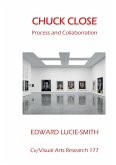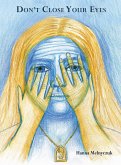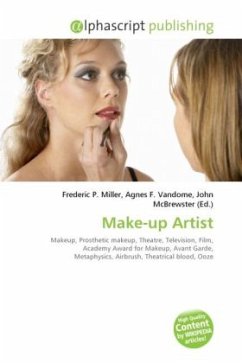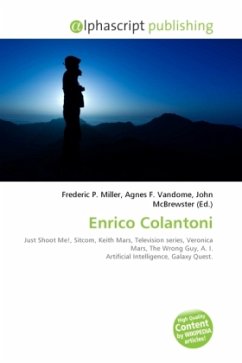In film, television, still photography and the comic strip medium a close-up tightly frames a person or an object. Close-ups are one of the standard shots used regularly with medium shots and long shots. Close-ups display the most detail, but they do not include the broader scene. Moving in to a close-up or away from a close-up is a common type of zooming. Close-ups are used in many ways, for many reasons. Close-ups are often used as cutaways from a more distant shot to show detail, such as characters' emotions, or some intricate activity with their hands. Close cuts to characters' faces are used far more often in television than in movies; they are especially common in soap operas. For a director to deliberately avoid close-ups may create in the audience an emotional distance from the subject matter. Close-ups are used for distinguishing main characters. Major characters are often given a close-up when they are introduced as a way of indicating their importance. Leading characters will have multiple close-ups.
Bitte wählen Sie Ihr Anliegen aus.
Rechnungen
Retourenschein anfordern
Bestellstatus
Storno








